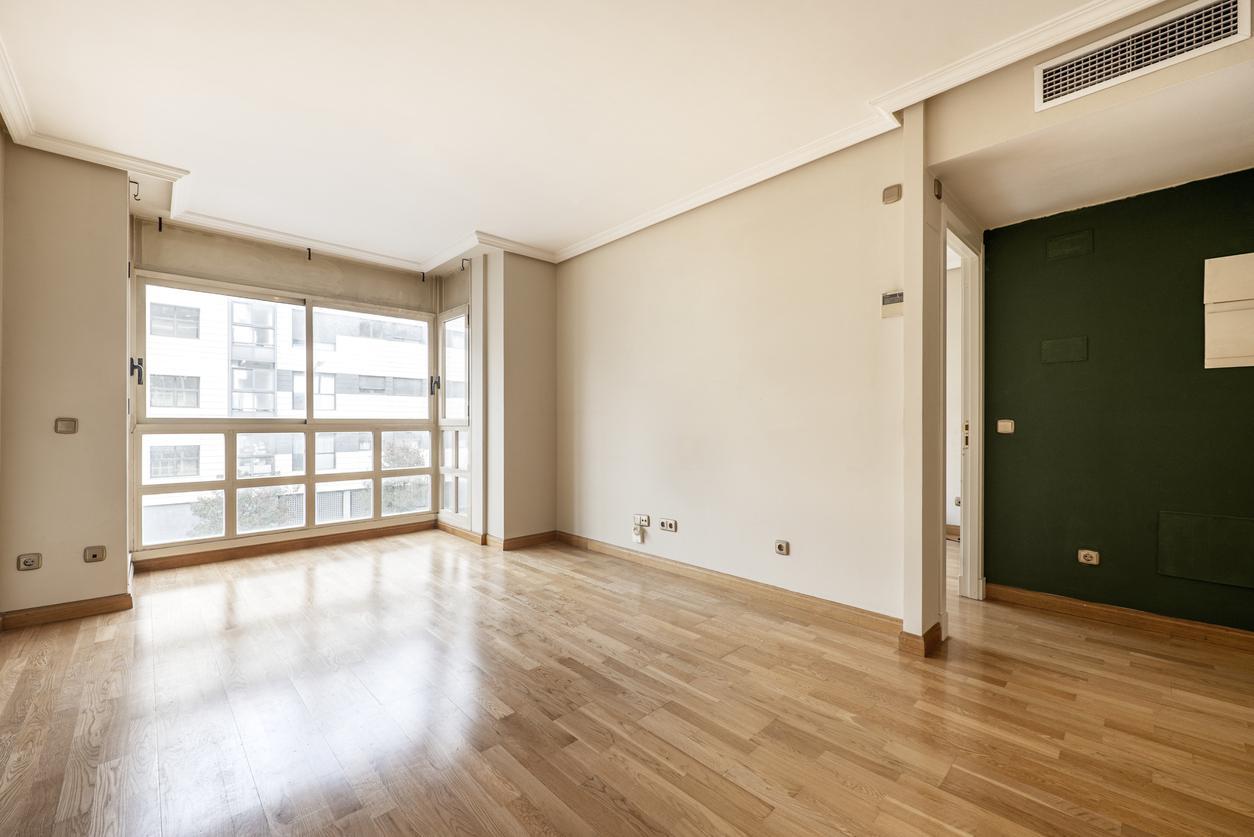Your ductwork might not be the shiny new gadget you show off to your mates, but when it comes to comfort, it’s the unsung hero keeping your home or business from turning into a sauna (or an icebox). Everyone loves to chat about air conditioners, but if your ducts are dodgy, that system’s just spinning its wheels. Or worse, racking up a power bill that’ll make your eyes water.
This isn’t just about pipes in your ceiling—it’s about airflow science. A ducted air conditioner means more efficient cooling, even temps, and a happier bank account. Get it wrong? You’re in for hot spots, cold drafts, and enough noise to wake the dead.
The Physics Behind the Flow
Look, air isn’t magic—it doesn’t just “go with the flow” because you tell it to. It needs a push, and that push is governed by some good ol’ physics. Think pressure, velocity, resistance, turbulence—yep, the whole lot.
Ever heard of Bernoulli’s Principle? It’s why planes fly—and it also helps explain how air behaves inside your ducts. If air’s speeding through a narrow bend, the pressure changes. Add too much resistance or a dodgy angle, and that air gets sluggish, noisy, or shoots out unevenly.
Now picture traffic on a busy motorway. If the lanes narrow or someone forgot to finish the roadworks, you’re in for a slow crawl. Same goes for your air. Bad design translates to bottlenecks, and suddenly your premium system is stuck doing a lot more than it signed up for.
Sizing It Right: Bigger Isn’t Always Better
There’s a bit of a myth going ‘round that bigger ducts mean better air. But that’s like saying a bigger straw makes a drink taste better. Not quite.
Oversized ducts can actually mess with airflow balance, cause pressure drops, and chew through more energy than necessary. On the flip side, undersized ducts? That’s when your system starts to wheeze like it’s climbed a steep hill on a hot day.
Duct sizing needs to match your system’s airflow needs—no more, no less. Get it right, and your setup runs like a dream. Get it wrong, and you’ve got yourself a noisy, energy-hungry mess.
Where Most Systems Go Wrong
Even the fanciest, top-shelf air con unit can’t save a setup ruined by poor ductwork. It’s like buying a Ferrari and putting dodgy tyres on it. Here’s where duct designs usually fall off the rails:
- Tight bends and sharp turns – These crank up resistance and slow airflow to a crawl.
- Leaky joints and dodgy seals – You could lose up to 30% of your nice, cool air before it even reaches the room.
- Long duct runs – The longer the trip, the harder your system has to work to push air through.
- Poor diffuser placement – One room’s freezing while the other’s sweating like it’s January in Darwin.
The Unsung Hero: Return Air Design
We all rave about how cool or warm the air feels when it comes out—but no one gives a second thought to where it goes after. That’s your return air, and it’s ultra important. Without it, your system’s basically trying to breathe through a straw.
A return air setup that’s off-balance can throw your whole airflow out of whack. It messes with pressure, throws off temperatures, and makes your fan work harder than it should.
You want properly sized return ducts, easy filter access (because yes, you do need to clean those things), and strategic placement. A return grille might not be the prettiest feature on the wall, but it’s doing the behind-the-scenes work to keep everything humming.
Industrial Spaces Aren’t Just Bigger—They’re Different
Now here’s where things get tricky. Designing ductwork for a house? That’s one thing. But take that same approach into an industrial space and you’re barking up the wrong gum tree. These places aren’t just bigger—they’re hotter, busier, and a lot more unpredictable. Here’s what really matters in the industrial game:
- Zoning for different workloads and usage – A meeting room and a packaging floor have very different needs.
- High ceilings and air stratification – Hot air rises. If your ducts aren’t designed to handle it, good luck keeping ground level cool.
- Contaminants and filtration – Dust, fumes, particles—you’ve got to manage what’s floating around and make sure the system isn’t just blowing it in circles.
Noise, Vibration, and the Art of Smooth Air
You might not think about sound when talking airflow, but once that vent starts rattling above your boardroom or squealing through the lunchroom, it’s all you can hear. And in a factory? That noise could drown out more important sounds, including alarms, instructions, or someone yelling “look out!”
Smooth airflow means quiet airflow. That comes from using the right duct size, flexible joints to soak up vibrations, and proper acoustic insulation. Don’t wait till the boss complains about the ceiling groaning mid-meeting. This stuff’s preventable—with the right design.
When to Bring in the Pros: Because Guesswork and HVAC Don’t Mix
Let’s be honest—DIY duct design might work for a garden shed, but when it comes to commercial or industrial spaces, you need someone who knows what they’re doing. Eyeballing it? That’s how you end up with whistling vents and uneven temps.
A seasoned HVAC designer or mechanical engineer won’t just “make it fit”—they’ll make it work. Efficiently. Quietly. Reliably. And in the long run, that’s what saves you cash and keeps the complaints away.
More Than Metal Tunnels: The Real Impact of Smart Duct Design
Done right, ductwork doesn’t just deliver air—it disappears into the background. No noise, no hot spots, no fuss. Just smooth, comfy airflow that doesn’t cost an arm and a leg. That’s the magic of smart duct design, and it’s most evident in top brands like Mitsubishi Electric: it’s invisible when it works, but unforgettable when it doesn’t.
